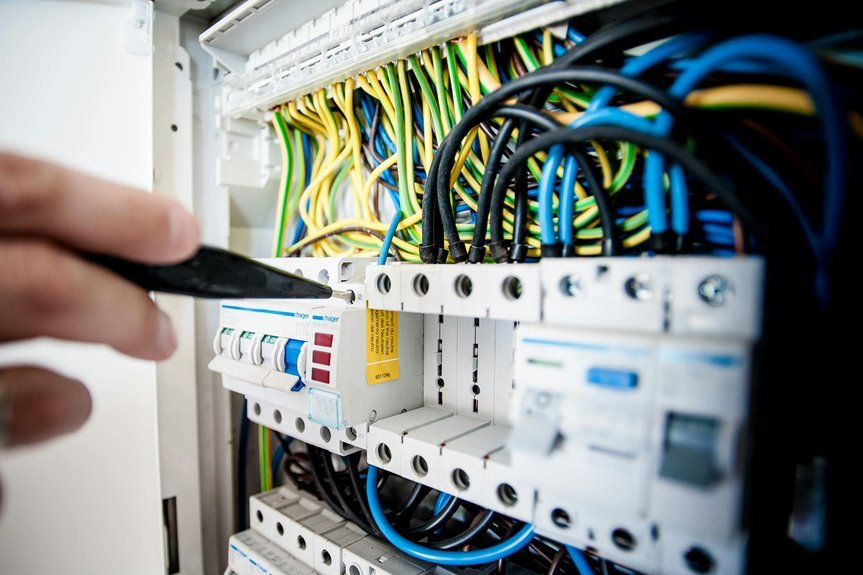RealTime Infrastructure Management Optimization Hub 6038673551 3511974388 3509061094 3757476868 3609707640 3802090253
You’re likely aware of the growing complexities in infrastructure management. The RealTime Infrastructure Management Optimization Hub offers a strategic approach to these challenges, leveraging data visualization and analytics to enhance operational efficiency. By optimizing resource allocation, it not only minimizes downtime but reshapes decision-making. As you consider its integration, think about how it could impact your organization’s responsiveness and performance. What transformations could this hub bring to your current processes?
Key Features of the RealTime Infrastructure Management Optimization Hub
When you delve into the Key Features of the RealTime Infrastructure Management Optimization Hub, you’ll discover a robust suite of tools designed to enhance operational efficiency.
You’ll find powerful data visualization capabilities that transform complex information into actionable insights, enabling better decision-making.
Additionally, the platform streamlines resource allocation, ensuring optimal use of assets, which ultimately fosters greater freedom in managing infrastructure effectively.
Benefits of Real-Time Data Analytics in Infrastructure Management
The integration of real-time data analytics into infrastructure management offers significant advantages that elevate operational performance.
You’ll experience enhanced data-driven decision making, allowing for immediate insights that optimize resource allocation.
Additionally, predictive maintenance transforms how you manage assets, reducing downtime and lowering costs.
Ultimately, these benefits empower you to operate with greater efficiency, flexibility, and strategic foresight in a dynamic environment.
Case Studies: Success Stories of Optimization Hub Implementation
Implementing an optimization hub has yielded transformative results for various organizations in infrastructure management.
You’ll notice how case studies reveal significant improvements despite initial implementation challenges. By actively incorporating user feedback, companies refined their processes, enhancing efficiency and responsiveness.
Such strategic adaptations demonstrate the hub’s potential to liberate resources, allowing organizations to focus on innovation and growth while overcoming obstacles effectively.
Future Trends in Infrastructure Management Technology
As technology evolves, staying ahead in infrastructure management requires a keen eye on emerging trends that can shape the future landscape.
You’ll see smart cities integrating IoT for real-time data, enhancing urban living.
Predictive maintenance will revolutionize asset management, allowing you to anticipate failures before they happen.
Embracing these innovations ensures you’re not just keeping up but leading in an ever-changing environment.
Conclusion
In conclusion, the RealTime Infrastructure Management Optimization Hub isn’t just a tool; it’s a game-changer. Organizations that implement this hub can expect to see up to a 30% reduction in operational costs through improved efficiency and predictive maintenance. As you consider adopting this technology, remember that leveraging real-time data analytics not only enhances decision-making but also positions you ahead of competitors in an increasingly dynamic market. Embrace the future of infrastructure management and unlock your potential.






